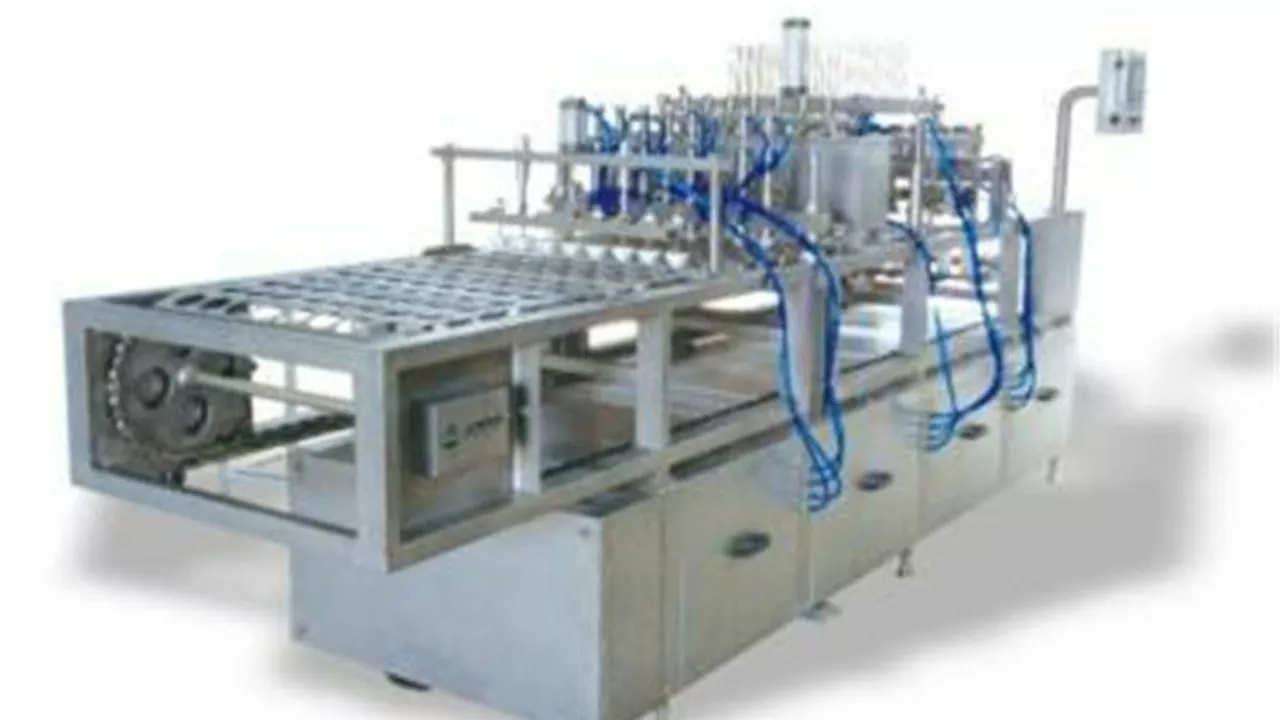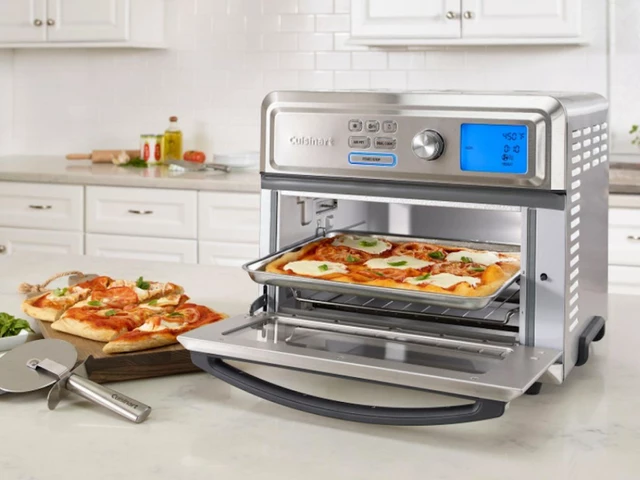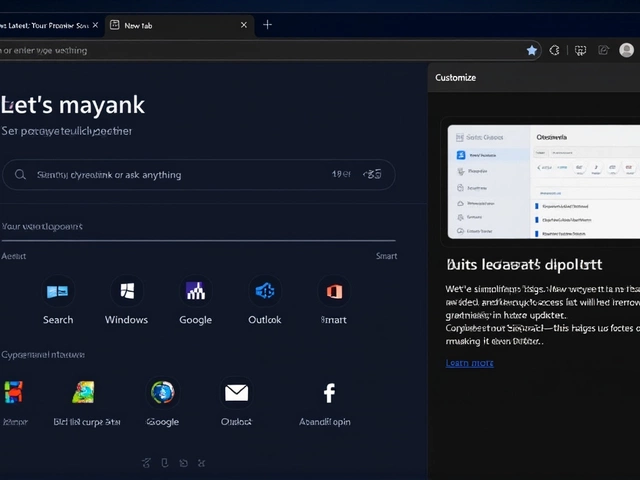Understanding the Basics of a Commercial Ice Cream Maker Machine
As a child, I was always fascinated by the process of making ice cream. The transformation of simple ingredients like milk, sugar, and cream into a delicious treat seemed like magic. As I grew older, I realized that there was a science behind this magic, and this science is best exemplified by a commercial ice cream maker machine. These machines are marvels of technology, designed to create large quantities of ice cream quickly and efficiently. They use a combination of refrigeration and agitation to turn a liquid mixture into the creamy, frozen dessert we all love.
The Core Components of an Ice Cream Machine
Every commercial ice cream maker machine consists of several key components. First, there's the refrigeration system, which is responsible for freezing the ice cream mixture. This system includes a compressor, condenser, and evaporator, which work together to lower the temperature of the mixture to the desired level. Then there's the dasher, a rotating device that churns the mixture as it freezes, creating the smooth and creamy texture of the ice cream. The machine also includes a hopper, where the ice cream mixture is added, and a dispensing system, which allows the finished ice cream to be served.
The Process of Making Ice Cream
So how does a commercial ice cream maker machine actually make ice cream? It all starts with the ice cream mixture, which is poured into the hopper. The machine then starts to freeze the mixture while the dasher churns it. This churning process is crucial, as it incorporates air into the mixture and breaks up ice crystals as they form. Without this step, the ice cream would be hard and icy, rather than smooth and creamy. As the mixture freezes, it becomes thicker and thicker, until it reaches the consistency of soft serve ice cream. At this point, the machine dispenses the ice cream, ready to be served.
The Role of Overrun in Commercial Ice Cream Making
One of the key factors in commercial ice cream making is something called overrun. Overrun refers to the amount of air that's incorporated into the ice cream during the churning process. The more air that's incorporated, the lighter and fluffier the ice cream will be. Conversely, less air results in a denser, creamier ice cream. Different ice cream makers have different overrun capabilities, allowing them to produce a range of ice cream styles. For example, a machine with a high overrun might be used to make light, airy soft serve, while a machine with a low overrun could be used to make rich, creamy gelato.
The Importance of Temperature Control
Temperature control is another important aspect of commercial ice cream making. The freezing process must be carefully controlled to ensure that the ice cream freezes evenly and at the right speed. If the ice cream freezes too quickly, it can become icy and grainy. On the other hand, if it freezes too slowly, it can become too soft and won't hold its shape. The temperature of the machine also affects the overrun, with lower temperatures leading to less air incorporation and thus denser ice cream.
Cleaning and Maintenance of a Commercial Ice Cream Maker Machine
Lastly, let's talk about the cleaning and maintenance of a commercial ice cream maker machine. These machines are, by necessity, designed to be easily cleaned and maintained. They need to be cleaned regularly to prevent the buildup of bacteria and other contaminants, which could affect the quality and safety of the ice cream. Most machines have removable parts that can be washed separately, and many also have self-cleaning features. Regular maintenance, including checking and replacing worn parts, is also crucial to keep the machine running smoothly and reliably. After all, a broken machine means no ice cream, and nobody wants that!






